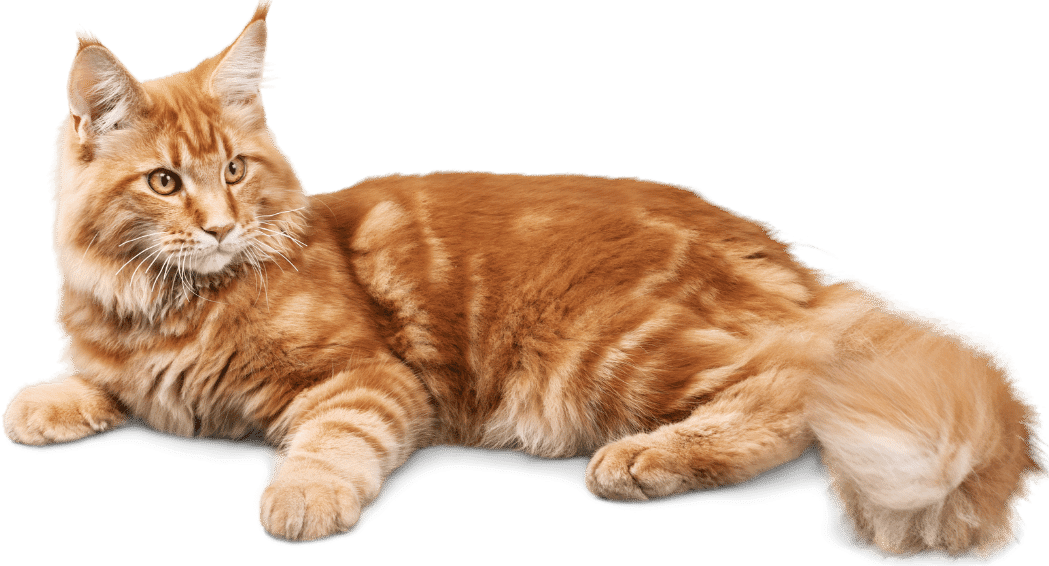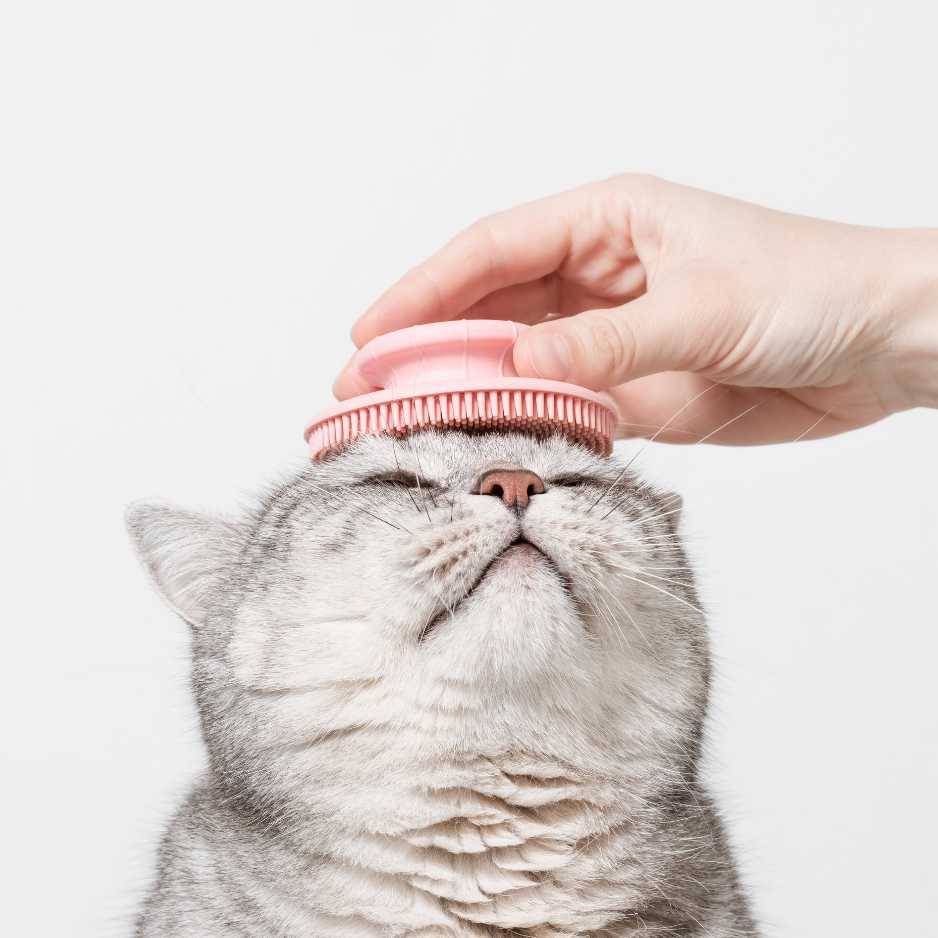Grooming a cat at home can feel like an intimidating task, but with the right approach and a gentle touch, it becomes a rewarding bonding experience. Regular grooming not only keeps your cat looking its best but also contributes to its overall health. In this detailed guide, we’ll walk you through the process of grooming your cat at home, covering everything from brushing to nail trimming, with some little-known tips along the way.
Why Grooming Your Cat at Home Is Important
Many people think that cats, being fastidious self-cleaners, don’t need much help with grooming. However, home cat grooming is essential for a variety of reasons:
- Prevents Hairballs: Regular brushing removes loose fur, reducing the chance of hairballs forming in your cat’s digestive system.
- Spotting Health Issues Early: Grooming gives you a chance to check for abnormalities like lumps, skin irritations, or fleas.
- Strengthening Your Bond: Cats often appreciate time and gentle attention, making grooming sessions a great way to strengthen your relationship.
What You Need Before You Start
Before you begin grooming your cat, it’s important to have the right tools. Here’s a checklist of essential grooming supplies:
- Cat-Specific Brush or Comb: Different coat types need different brushes. Use a fine-toothed comb for short-haired breeds and a slicker brush for long-haired ones.
- Cat Nail Clippers: These are designed to safely trim a cat’s nails without crushing or splitting them.
- Cat Shampoo: Never use human shampoo on a cat. It can be too harsh and affect their sensitive skin.
- Ear Cleaning Solution: Cat ear cleaning solutions are gentle and safe, ideal for keeping ears free of wax and debris.
- Towel and Gentle Dryer: For cats that tolerate baths, a towel and a gentle dryer can be helpful.
Step-by-Step Guide to Grooming Your Cat at Home
Step 1: Brushing
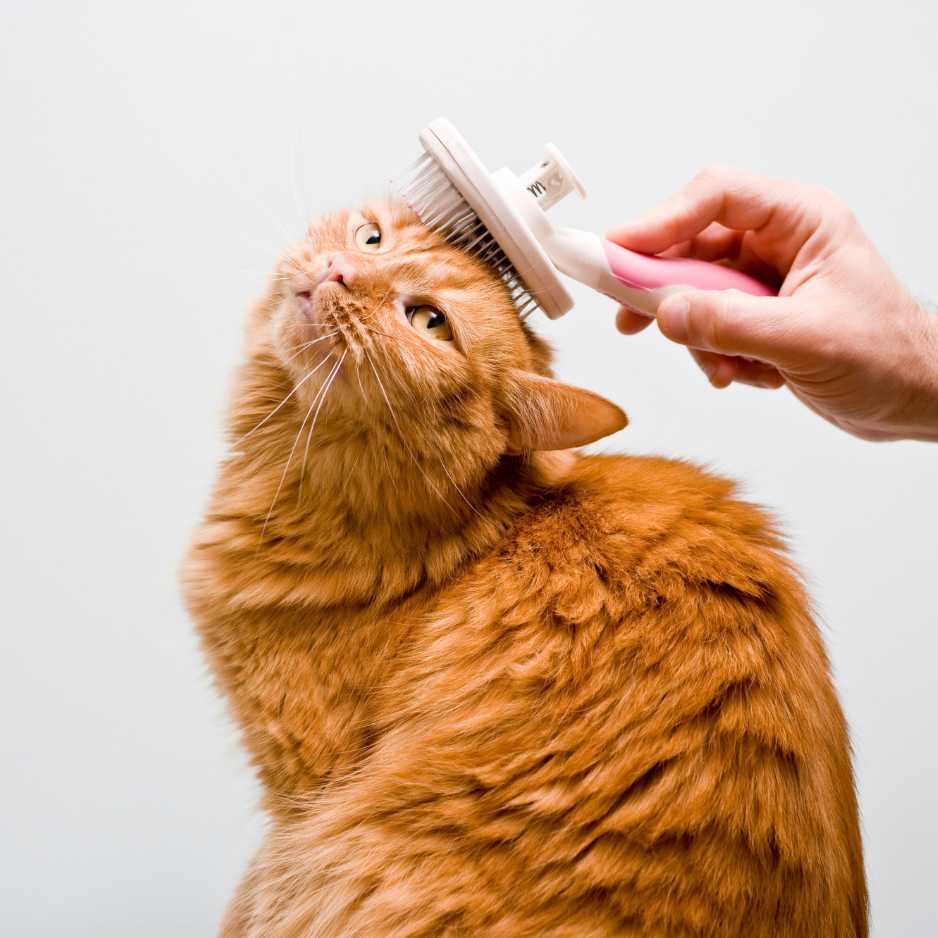
Brushing is an essential part of grooming your cat at home, regardless of whether your cat has long or short fur.
- Short-Haired Cats: Use a soft-bristle brush or grooming mitt. These are great for removing loose hair and keeping the coat shiny.
- Long-Haired Cats: A slicker brush or wide-toothed comb works best. Pay special attention to areas prone to matting, such as behind the ears and under the belly.
- Pro Tip: For cats that are wary of brushing, start with short sessions and reward them with treats. Let them inspect the brush beforehand to reduce anxiety.
Step 2: Bathing
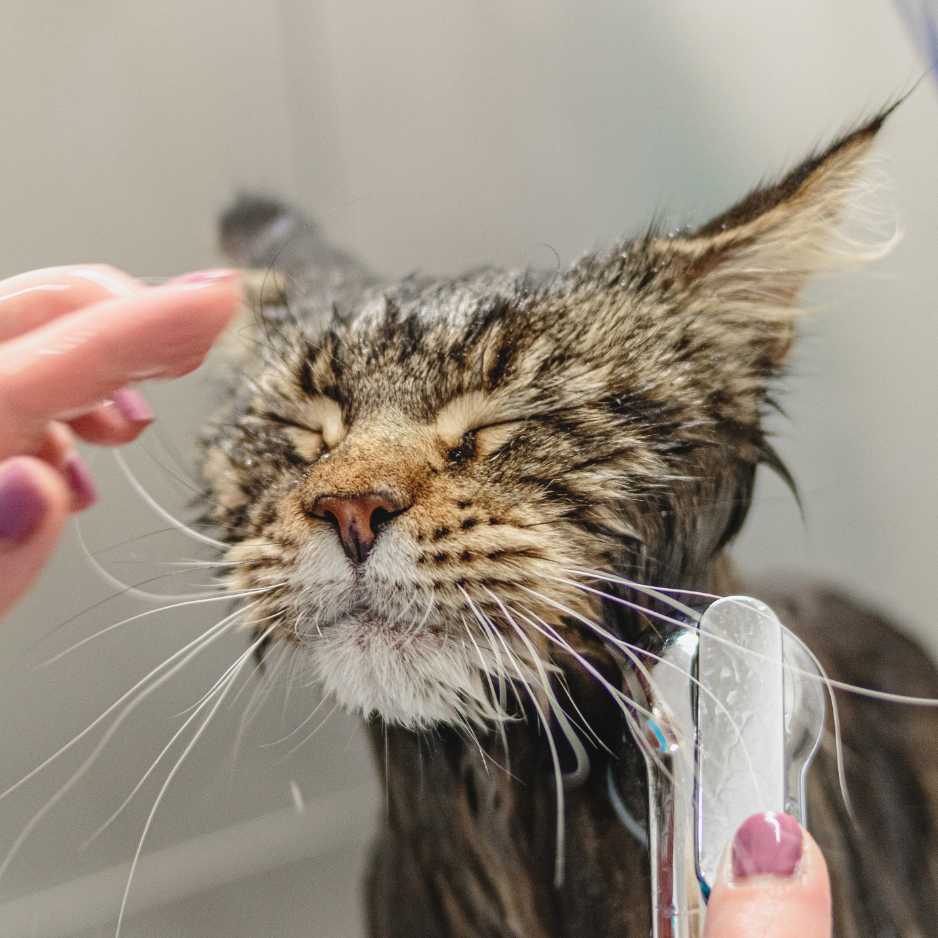
Many cat owners shy away from bathing their cats because, well, cats and water don’t always mix. But sometimes, a bath is necessary.
- When to Bathe: Only bathe your cat if it has gotten into something dirty, has a skin condition, or has a particularly oily coat. Bathing too often can strip natural oils and irritate their skin.
- Preparing for the Bath: Fill a sink or bathtub with a few inches of lukewarm water before bringing your cat into the bathroom. Use a detachable showerhead or a plastic cup for gentle rinsing.
- Use Cat-Specific Shampoo: Lather the shampoo gently and avoid the face area. Rinse thoroughly, as leftover shampoo can cause itching.
- Pro Tip: Wrap your cat in a towel immediately after the bath and use a blow dryer on a low, cool setting if your cat tolerates it. For most cats, towel drying is sufficient.
Step 3: Cleaning Ears and Eyes
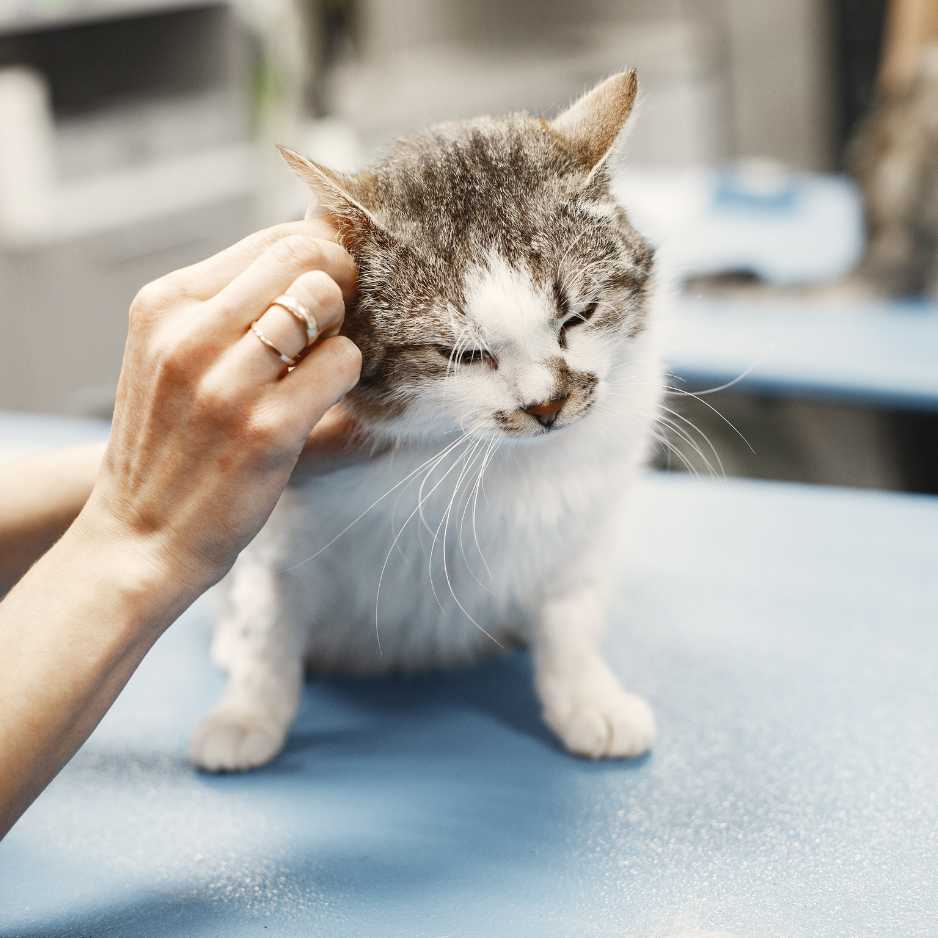
Cats’ ears and eyes require regular attention, especially for breeds with folded ears like Scottish Folds or brachycephalic breeds like Persians.
- Ear Cleaning: Use a vet-approved ear cleaner. Gently wipe the outer part of the ear with a cotton ball or pad. Never insert anything deep into the ear canal.
- Eye Cleaning: Wipe away any discharge or tear stains with a soft, damp cloth. Cats with flat faces, like Persians, may need more frequent cleaning.
- Pro Tip: For cats that struggle during ear cleaning, try swaddling them in a towel to keep them calm and secure.
Step 4: Nail Trimming
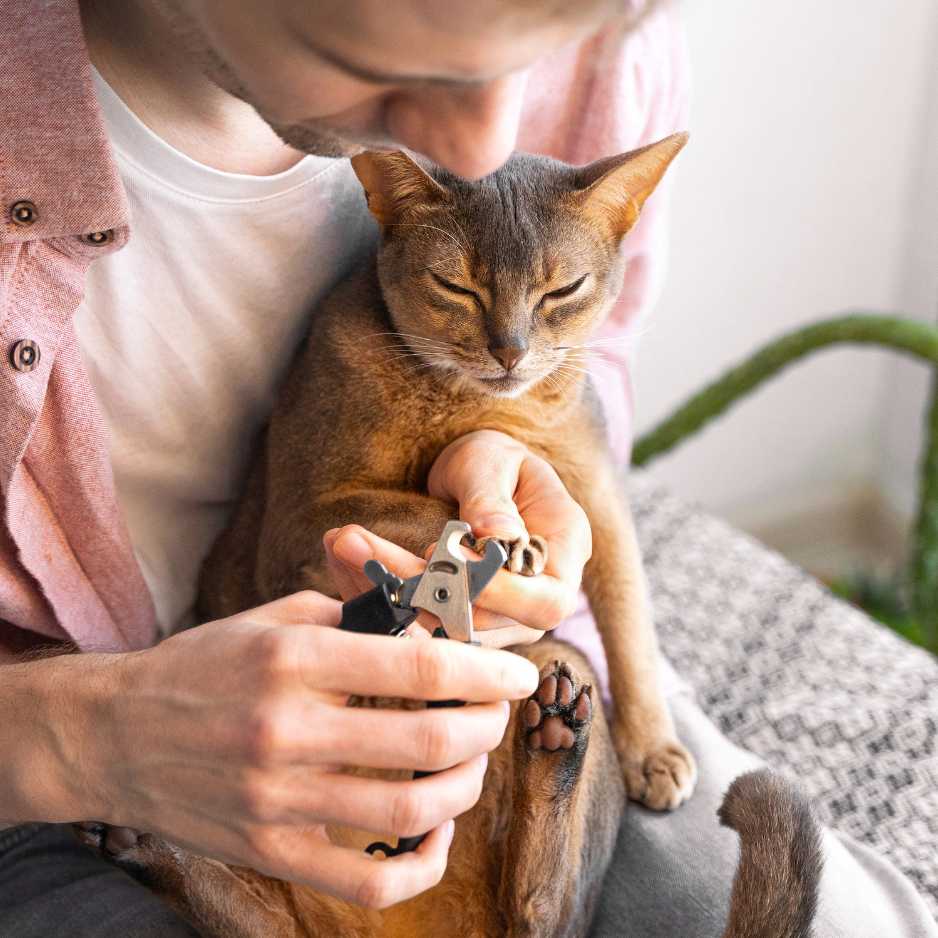
Trimming your cat’s nails might seem daunting, but with patience, it can be a smooth process.
- How to Trim Safely: Use clippers designed specifically for cats. Trim only the sharp tip of the nail and avoid the quick—a sensitive area that can cause bleeding if cut.
- Pro Tip: If your cat is new to nail trimming, start by just clipping one or two nails at a time and offering treats after each clip. Gradually increase the number of nails you trim per session.
Step 5: Brushing Teeth
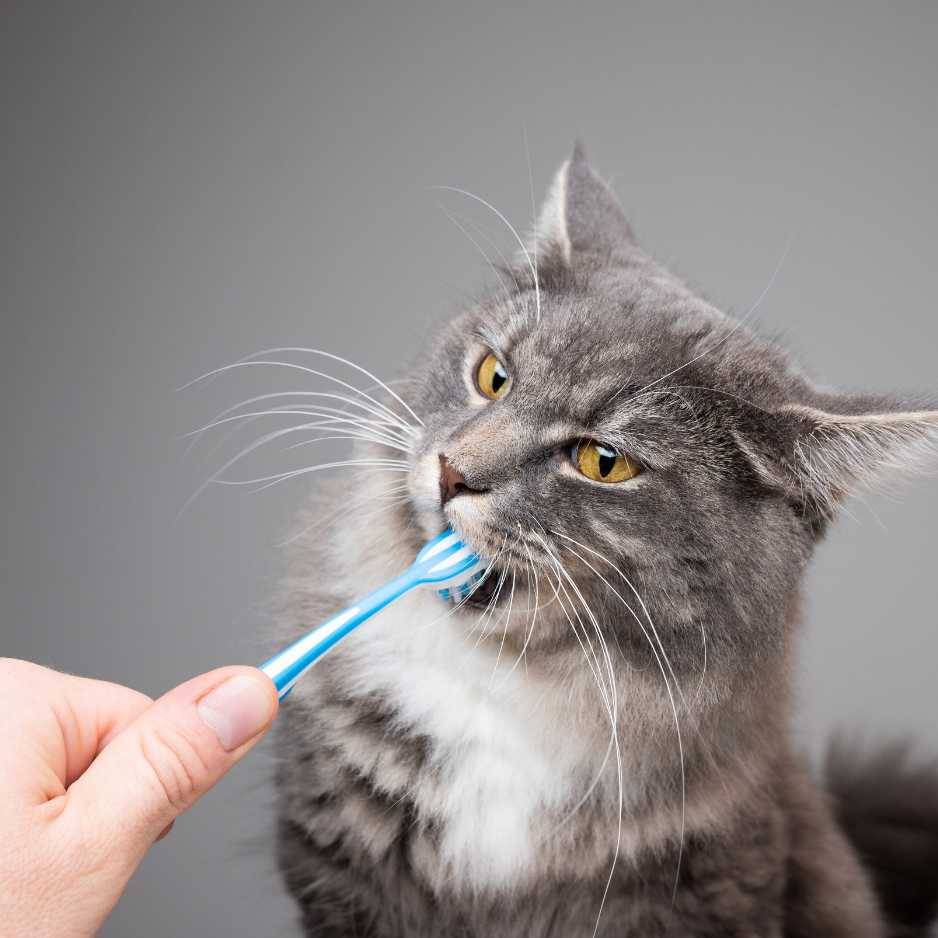
Yes, cats need dental care too! Dental problems are common in cats, but brushing their teeth can help prevent issues.
- Use Cat Toothpaste: Human toothpaste is toxic to cats, so always use a pet-specific formula. Fingerbrushes or small toothbrushes made for cats are best.
- Pro Tip: If your cat resists brushing, try using dental wipes or treats designed to reduce plaque. Start by letting them lick the toothpaste to get used to the taste.
Step 6: Grooming Long-Haired Cats
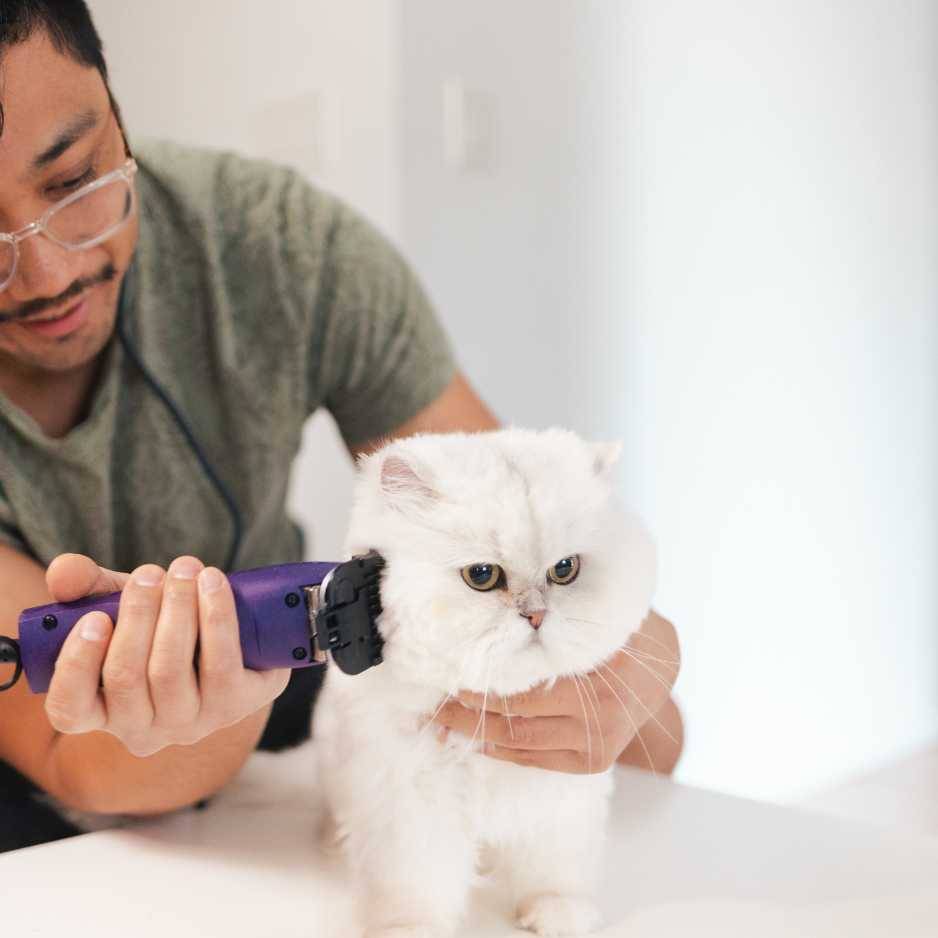
Grooming long-haired cats like Maine Coons or Ragdolls requires a bit more effort to keep their coats tangle-free.
- Regular Trims: Use blunt-tipped scissors to trim any matts that form in their fur. For stubborn tangles, consider using a dematting tool.
- Pro Tip: Mist the fur lightly with water before brushing to reduce static and make combing smoother.
Little-Known Tips for Easier Grooming
- Use a Rubber Brush for Short-Haired Cats: Rubber brushes attract loose fur and can double as a soothing massage tool.
- Calming Pheromone Sprays: Feliway or other pheromone sprays can be used to reduce stress during grooming sessions.
- Create a Grooming Routine: Consistency helps cats become more accustomed to grooming. Choose a time when your cat is naturally calm, like after eating or napping.
- Warm Towels After Baths: Wrapping your cat in a warm towel after a bath can comfort them and reduce the chill.
Common Mistakes to Avoid When Grooming Your Cat
Even the most loving cat owners can make mistakes when grooming. Here’s what to watch out for:
- Over-Brushing: While brushing is important, too much can irritate your cat’s skin. Aim for once or twice a week for short-haired cats and daily for long-haired breeds.
- Not Checking for Fleas: Fleas can hide under thick fur. Use a fine-toothed comb to check for flea dirt, especially if your cat has been scratching more than usual.
- Using Scents or Essential Oils: Many essential oils, like tea tree or lavender, can be toxic to cats. Stick to pet-safe products only.
How Often Should You Groom Your Cat?
The frequency of cat grooming depends on your cat’s breed, coat length, and age.
- Short-Haired Cats (e.g., British Shorthair): Brush once a week and bathe only as needed.
- Long-Haired Cats (e.g., Persian, Maine Coon): Brush daily to prevent matting and bathe every 1-2 months.
- Senior Cats: Older cats may need more grooming help as they may not groom themselves as efficiently.
When to Seek Professional Help
While grooming at home is convenient, sometimes a professional groomer is necessary:
- Severe Matting: If your cat’s fur is heavily matted, a groomer can safely remove it without causing pain.
- Aggressive Behavior: If your cat is aggressive or extremely stressed during grooming, a professional groomer may have the tools and experience to handle them safely.
- Skin Conditions: If you notice persistent itching, redness, or dandruff, consult with a vet before attempting any grooming.
Conclusion
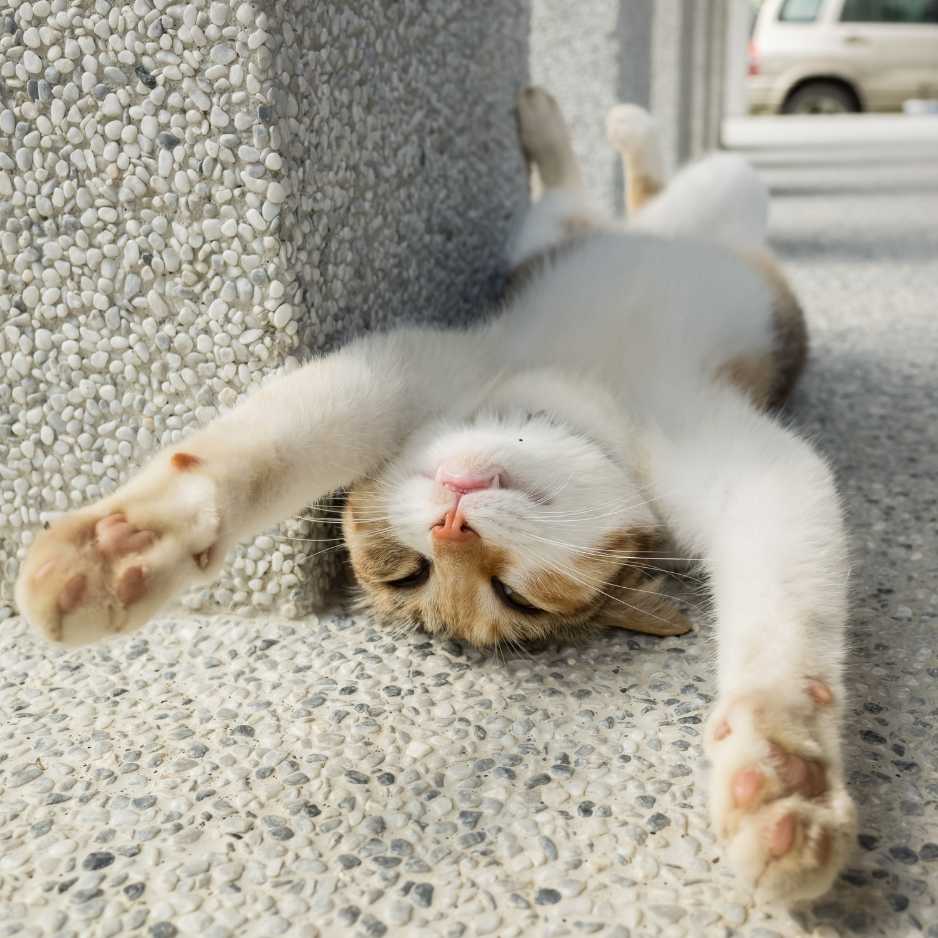
Grooming your cat at home is not just about keeping them clean—it’s about ensuring their comfort, health, and happiness. With patience, the right tools, and some practice, you can turn grooming into a positive experience for both you and your cat. Remember, it’s okay if things don’t go perfectly the first time. The goal is to make grooming a pleasant routine that you and your feline friend can enjoy together. Happy grooming!


